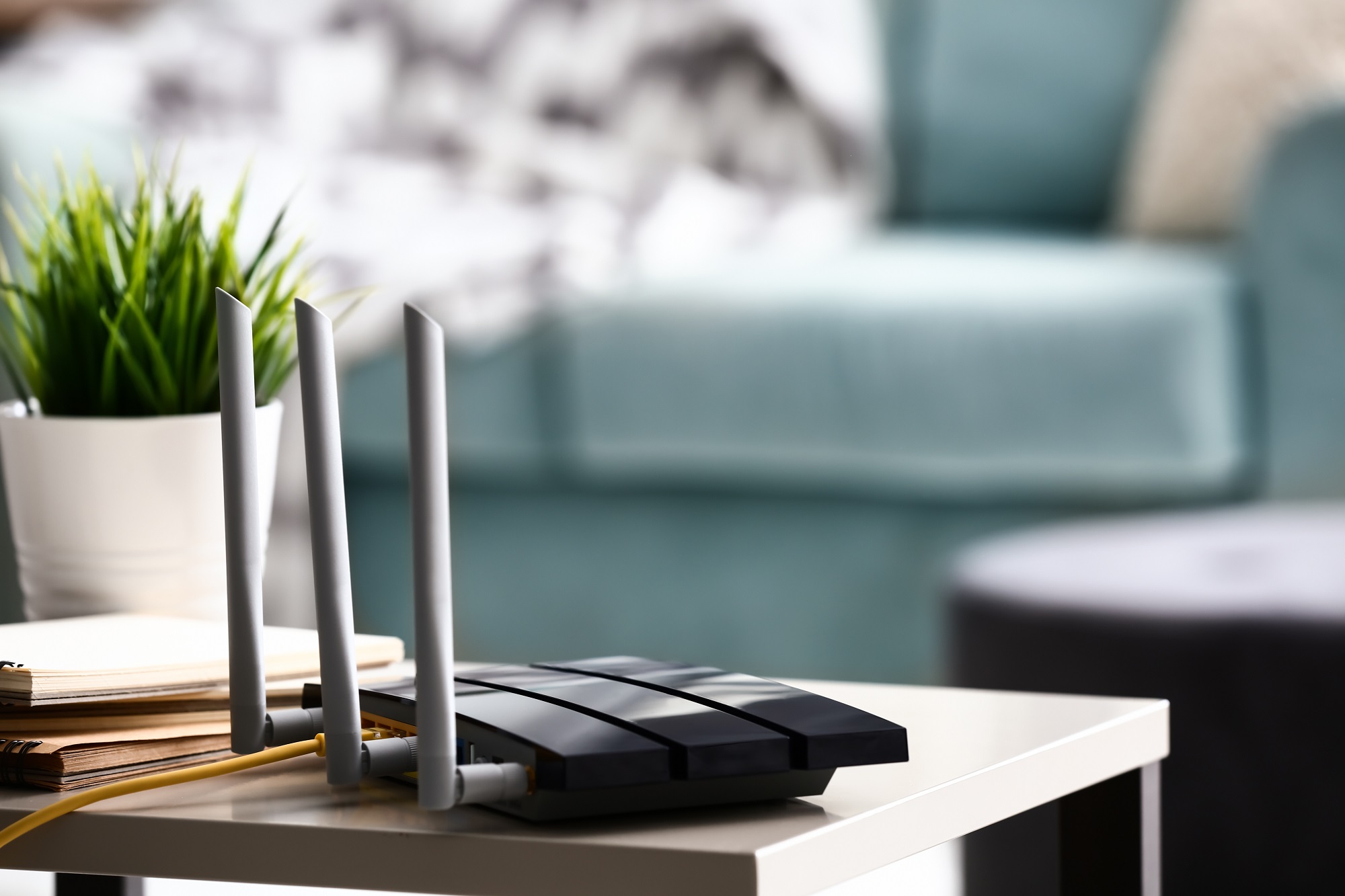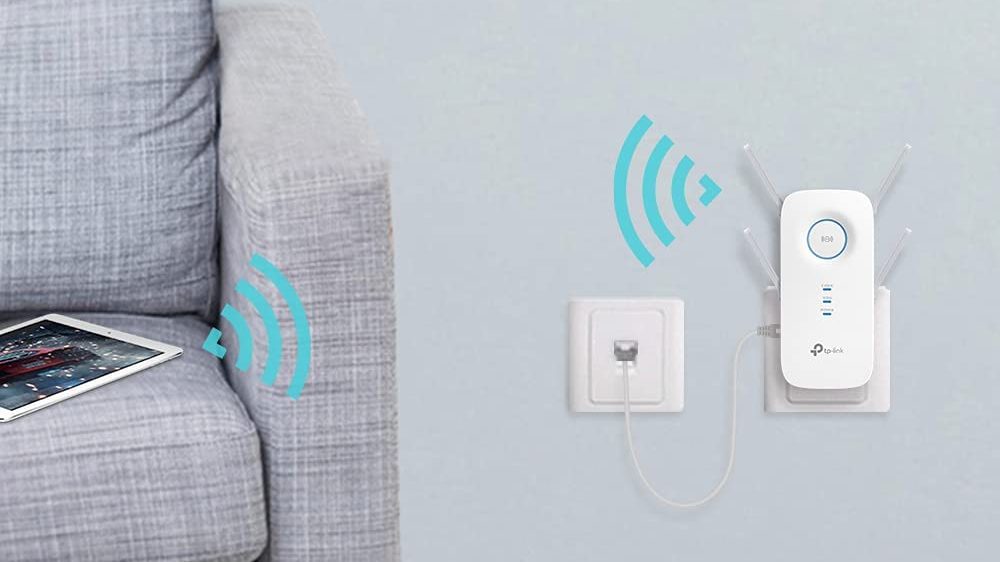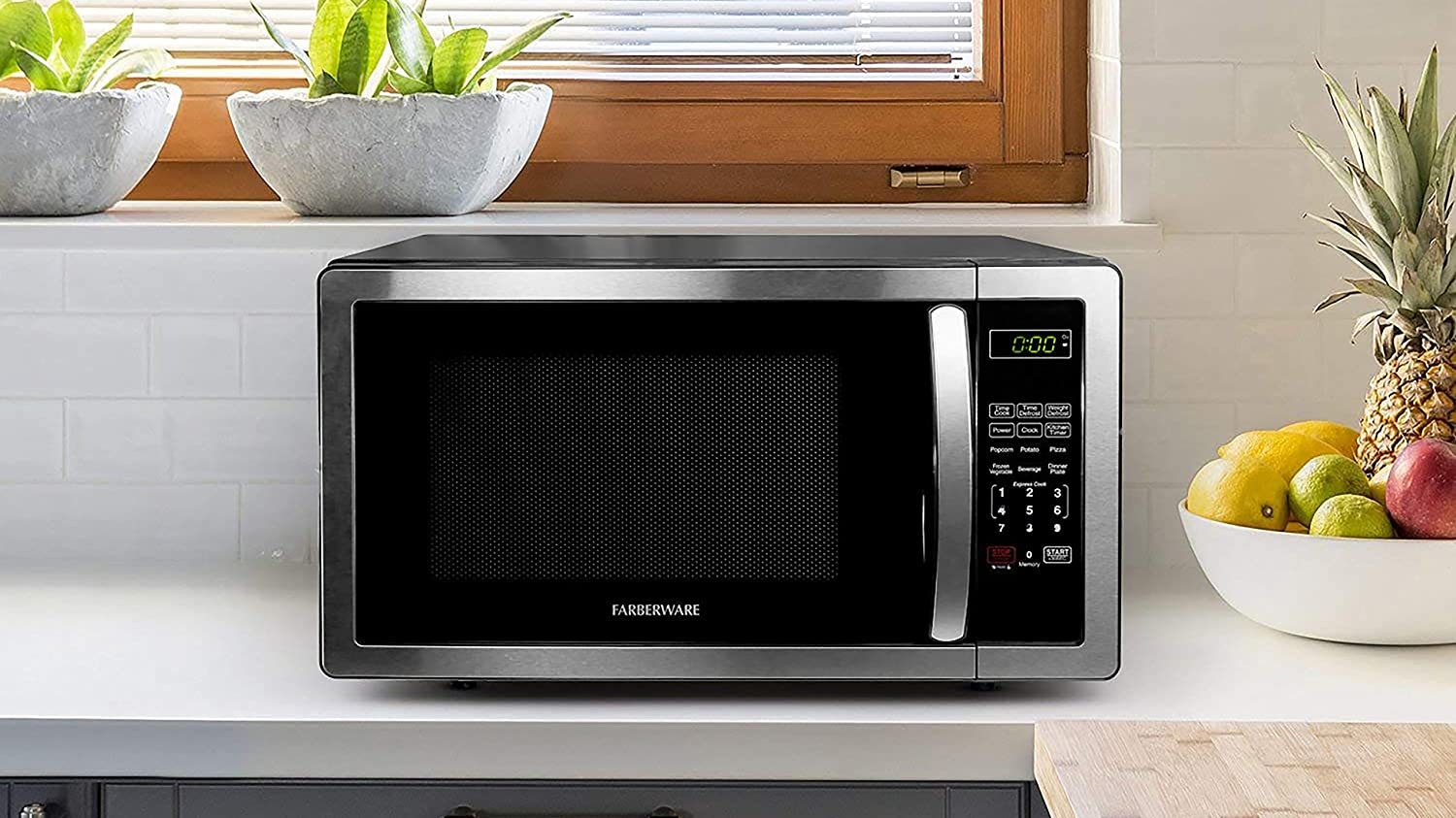Your home Wi-Fi can be incredibly finicky. That’s because the signal that wireless routers work off of can mix and match with signals from other electronics, which causes interference. If you’re struggling with slow or blocked Wi-Fi signals, there are a few things you can do to improve the quality of your wireless internet signal. Let’s take a look.
How your Wi-Fi signal works

Before we can talk about improving your Wi-Fi connection, let’s get a quick understanding of what Wi-Fi is exactly. See, Wi-Fi is based on radio waves, and these waves travel through walls and other objects, allowing it to connect to the internet. Because Wi-Fi uses radio waves, it can pass through many physical objects – like walls, tables, and even entire levels of your home.
However, some materials let more radio waves through than others. As such, those who have a lot of concrete, metal, and other heavy materials in their home will find that their Wi-Fi signal doesn’t pass through as easily. Meanwhile, those with wooden walls and floors shouldn’t see the degradation as plainly.
Improve Wi-Fi signal with an access point

So, how do you improve your Wi-Fi signal if your home is made of heavier materials? Well, one way to do it is to move where your wireless router is set up. Depending on where your router is set up, the signal for your Wi-Fi could be hitting those heavy materials sooner rather than later, making it weaker on the other side. If you move your router to a more open area, it could improve signal strength greatly.
Another way to improve signal strength throughout your home is with the use of access points or Wi-Fi extenders. These access points take the signal from your router and re-beam it to your home. This is useful for homes with lots of heavy material throughout, as you can set up access points to help connect different parts of the house and improve your Wi-Fi signal throughout.
Appliances can slow your Wi-Fi signal

One other thing to keep in mind is that some appliances – like smart fridges, ovens, washers, dryers, etc., are Wi-Fi killers. Because they’re made of such heavy materials, and because they often emit their own radio wave frequencies, they can completely cut through your Wi-Fi signal and create issues, making your wireless signal worse than it should be.
Keep the nearby appliances in mind when planning where to put your wireless router, or invest in some access points to help move the Wi-Fi signal around those dead zones. It might cost a little bit extra, but you’ll be happy you did it when your internet works better. You can also try upgrading your wireless router, which can help provide a more stable and reliable signal.








